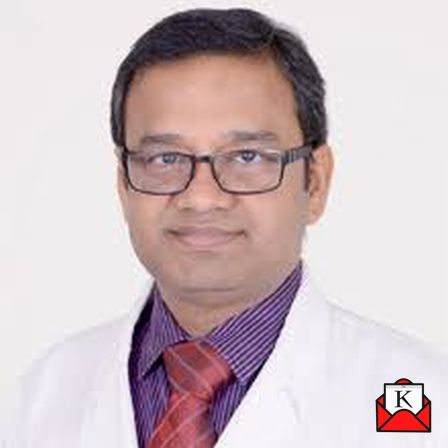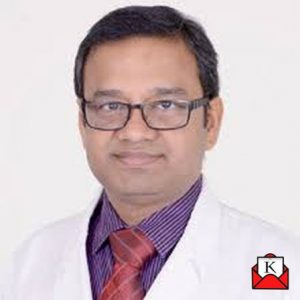Guest Blog- Younger Population Succumb More to Cardiac Ailments Due to Poor Lifestyle


With changing lifestyle and poor socio-economic factors, there is a rapid increase in the number of patients living with ischemic heart disease. Acute Coronary Syndrome (ACS) or commonly known as heart attack, is one of the leading deadly disease in developing countries like India. Over 20% of the population especially above the age of 40 years are developing several cardiac ailments.
“Recently, more people in their 20s, 30s and 40s have been suffering from heart ailments. The increasing stress of modern life has exposed even younger people to the risk of heart diseases. While a person’s genetic disposition and family history remain the most common and uncontrollable risk factors, majority of heart diseases in the younger generation is due to excessive stress and long working hours coupled with erratic sleep patterns, which cause inflammation and increase the risk of heart disease. Smoking and a sedentary lifestyle further accelerate the risk symptoms in people in the age group of 20 to 30 years.” said Dr. Viveka Kumar, Sr. Director – Cath Lab, Max Super Speciality Hospital, Saket.
Heart attack or ACS is an acute manifestation of ischemic heart disease whereby, there is a sudden interruption in the blood supply of heart muscle due to blockage of coronary arteries. This interrupts the supply of oxygen and nutrients to the heart muscle and the muscle dies eventually if the blood supply is not restored immediately. However, Symptoms of heart attack vary in different patients and some patients can have unusual symptoms like hiccups. The pain may also vary from mild to very severe pain. Sometimes, the first sign may be sudden cardiac arrest manifested by sudden collapse of the patient. The earliest warning might be recurrent chest pain or pressure (angina) that’s triggered by exertion and relieved by rest. Angina is caused by a temporary decrease in blood flow to the heart.
“The classical dictum of management of heart attack is “Time is muscle”. This means that with each passing second, the heart muscle keeps starving and dies ultimately. Once the heart muscle dies, it may be difficult to restore its function even after restoring blood supply. The dead muscle is also a focus for life threatening rhythm disturbances of the heart which may cause sudden death. In such suspected cases, it is important to be aware and call for immediate medical attention” added Dr Kumar.
A heart attack generally causes chest pain for more than 15 minutes, but it can also have no symptoms at all. It’s important to be aware that symptoms other than chest pain may occur, such as indigestion or persistent neck or jaw pain, but many people have warning signs and symptoms hours, days or weeks in advance.
Timely detection and arrival at the nearest hospital emergency can help revive the symptoms and restore heart functioning. The cardiologist then performs certain medical procedures like cardiac biomarkers and electrocardiogram (ECG) to diagnose the severity of the attack. The treatment of heart attack is prompt opening of the blocked coronary artery by the procedure known as Primary coronary Angioplasty where the artery is opened via balloon and a stent is placed in the artery to restore the patency of the blocked artery. This is supplemented by blood thinning and other cardiac medicines.
“While heart failure sounds dangerous, it can be treated with better care and diagnosis. The only and the easiest way to prevent heart failure are to avoid the lifestyle and food habits that encourage obesity, diabetes, high blood pressure” he added.
About the author- Dr. Viveka Kumar, Sr. Director – Cath Lab, Max Super Speciality Hospital, Saket
